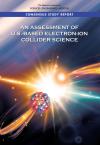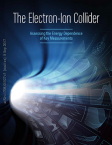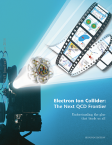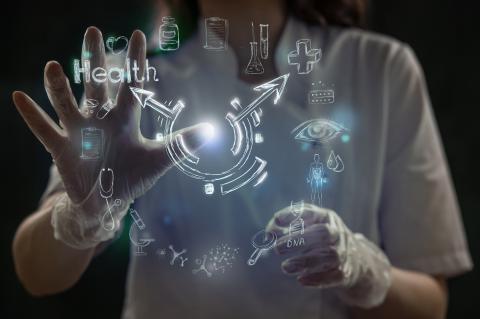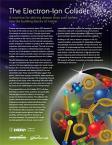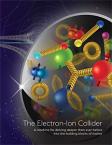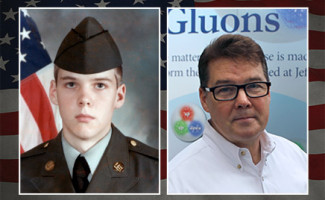"Relative to my work in the military and my work at Jefferson Lab, adaptability remains the single most important skill," said Akers."Being able to rapidly modify your plans to meet emerging requirements is a critical capability."
Q&A with Walt Akers, Air Force / Army Reserves
What did you do for the military?
In the Air Force, I was a Computing and Communications Specialist. In the Army Reserve, I was an Infantry Drill Sergeant.
What made you decide to join the military?
Living in a very small, very rural community, there was a distinct lack of prospects. The military offered an opportunity for professional and educational development.
Why did you choose the branch of service that you did?
My selection of the Air Force was specifically driven by a desire for training and experience in technical fields. Computing at the time was only beginning to emerge from existing as extremely large installations to fitting on the desktop. There was no internet, large data was primarily on tapes, and serial communications between systems was slow, tedious and lacked well-defined standards. In short, the environment was ripe with the opportunity for individuals to grow along with the technology.
My work as an Army Drill Sergeant stemmed from a desire to work with and train young people as they were transitioning from civilian life to the rigors of the military. Far from the harsh and draconian persona that most people attribute to that job, most Drill Sergeant are passionate about helping young people to develop untapped potential that will be essential to their success in both the office and in hostile environments.
What was your favorite part of the job?
Working with new and experimental technologies as they first appeared.
What was your most interesting/favorite deployment or duty station and why?
My entire career with the Air Force was spent in a computer room in the basement of the Pentagon. As you might imagine, the facility had its own idiosyncrasies. Still, during the 1980's the Pentagon was on the cutting edge of technology. In addition to the work that our unit was doing, the new offices of the Strategic Defense Initiative (Star Wars) were built directly across the hall and there was an abundance of weird and exciting development happening there.
What skills did you develop that you use now after your military career?
Relative to my work in the military and my work at Jefferson Lab, adaptability remains the single most important skill. With changes in the experimental schedule, resource needs and funding profiles, being able to rapidly modify your plans to meet emerging requirements is a critical capability.
The regional home of Jefferson Lab, Hampton Roads, has a rich military history. Located in Southeastern Virginia, the region is currently home to more than 80,000 men and women in uniform, representing every branch of the armed forces. Throughout November 2018, Jefferson Lab is celebrating the region's military ties by highlighting some of our veteran employees who have served in the armed forces and who continue to serve their nation by supporting the research efforts carried out at the laboratory.





